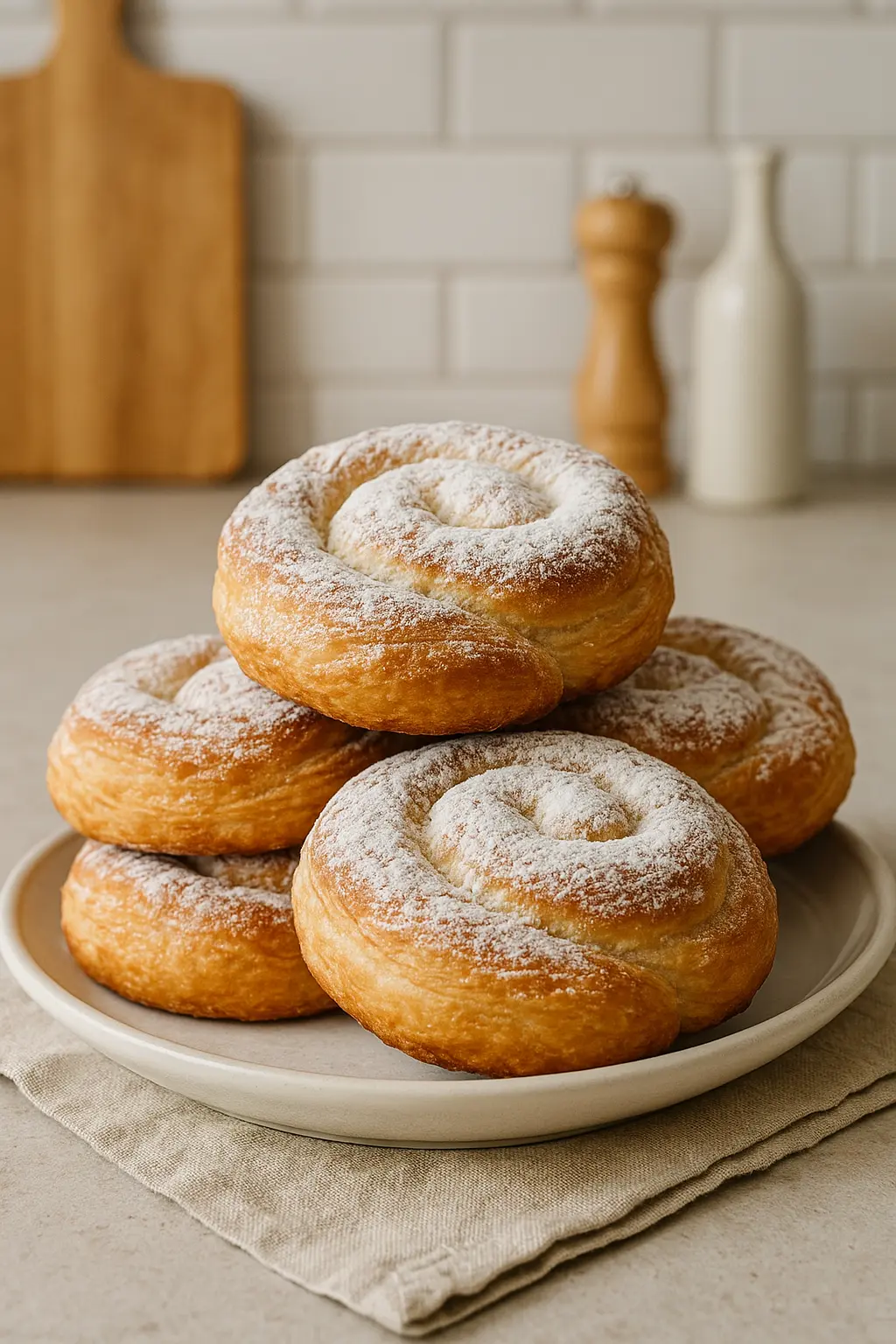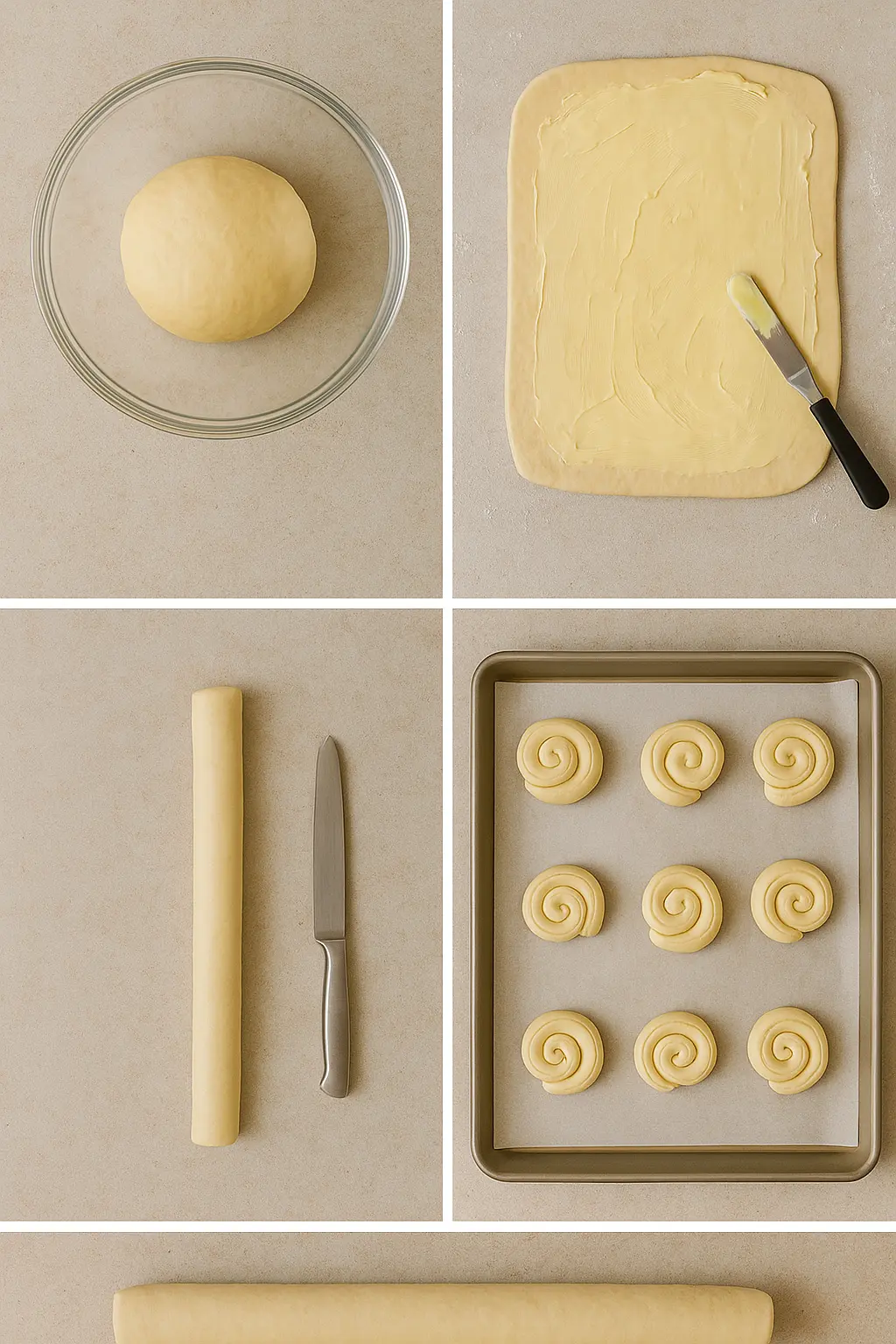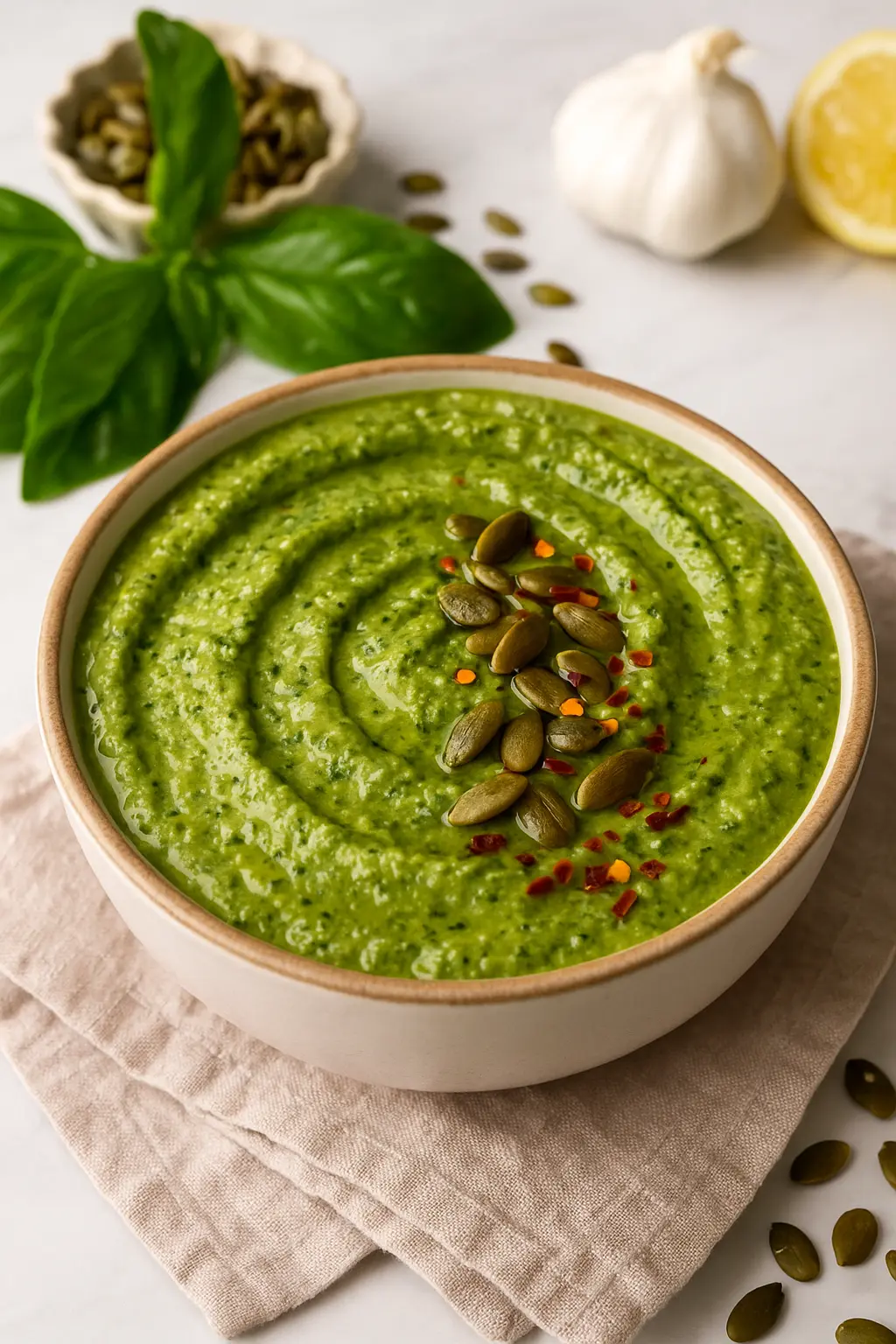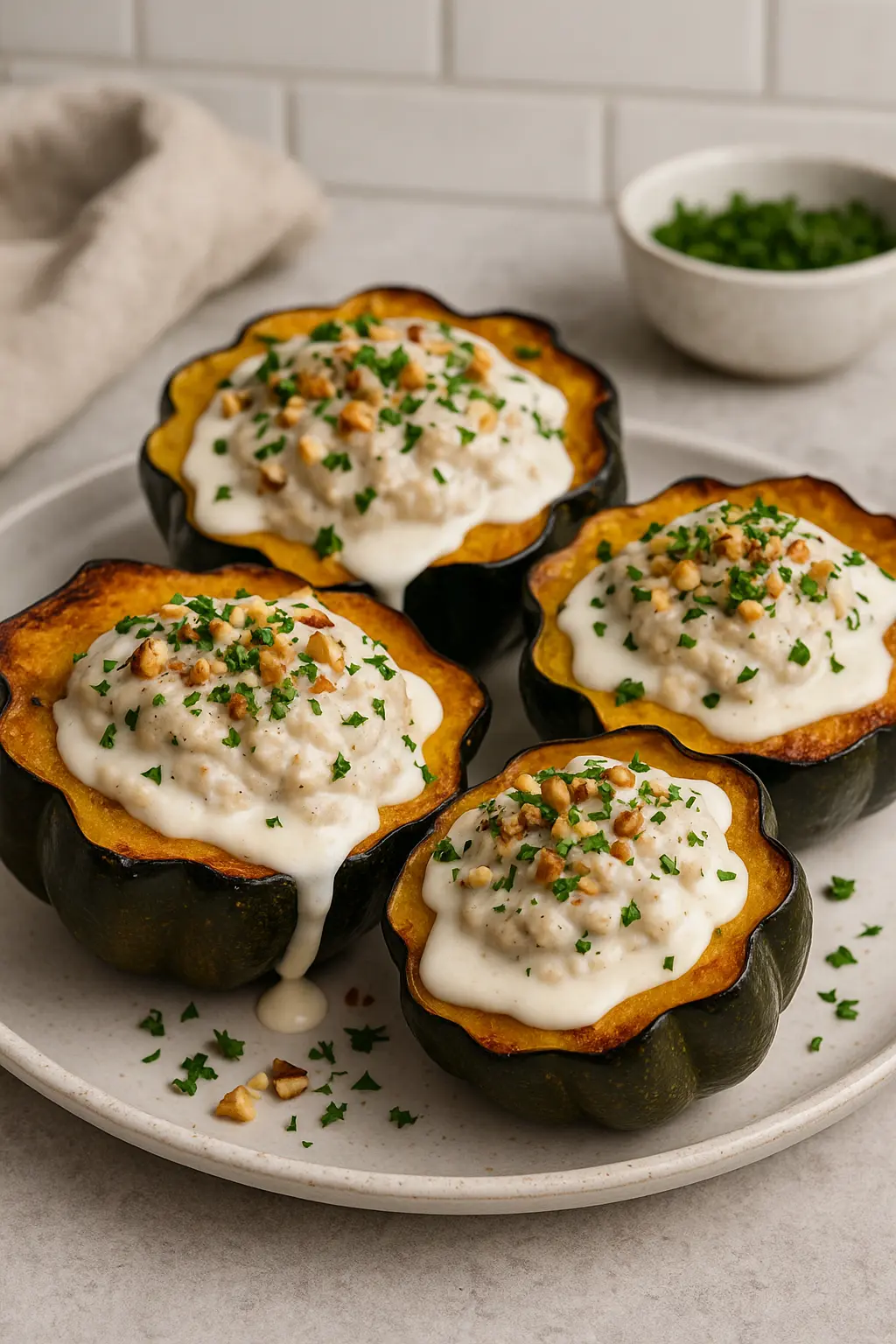Pastry Spanish Fusion: A Sweet Treat for Every Season
There’s something magical about pastries—the warm, flaky layers, the comforting sweetness, and the way they bring people together. This pastry Spanish recipe captures that magic while fusing bold Spanish flavors with classic American pastry style. Whether you’re baking for a sunny summer brunch or a cozy winter morning, this versatile dessert has you covered.
Inspired by my love for traditional Spanish churros and the buttery indulgence of American puff pastry, this recipe is my tribute to the cross-cultural kitchen where nostalgia meets innovation. If you’re searching for a crowd-pleasing dessert with a twist, this pastry Spanish delight is just the treat for you.
Why You’ll Love This Pastry Spanish Delight
- Year-Round Appeal: Perfect for both hot summer days and cold winter nights.
- Cultural Fusion: Merges Spanish spice and USA comfort into every bite.
- Effortless Elegance: Easy to make, yet impressive on the table.
- Flavorful & Fun: Flaky, cinnamon-kissed pastry with rich seasonal fillings.
The best part? This pastry Spanish recipe serves 6 and is ideal for parties, family breakfasts, or even casual weekend treats.
Ingredients You’ll Need
For the Pastry:
- 2 sheets of puff pastry (store-bought, thawed)
- 1 large egg
- 1 tbsp water
Cinnamon Sugar Coating:
- 1/2 cup granulated sugar
- 1 tbsp ground cinnamon
- Pinch of salt
Summer Filling:
- 1 cup cream cheese, softened
- 1/4 cup powdered sugar
- 1/2 tsp vanilla extract
- 1 cup fresh berries (e.g., blueberries, strawberries)
Winter Filling:
- 1 cup finely chopped apples
- 1 tbsp brown sugar
- 1/2 tsp cinnamon
- 1 tbsp butter
With these ingredients, you’re all set to create a pastry Spanish experience that changes with the seasons.

Step-by-Step Instructions
1. Preheat and Prep
Start by preheating your oven to 400°F (200°C). Line a baking sheet with parchment paper.
2. Prepare the Filling
For the summer pastry Spanish twist, whip the cream cheese, powdered sugar, and vanilla until smooth. Gently fold in fresh berries.
For the winter version, sauté apples with butter, brown sugar, and cinnamon for 5–7 minutes until tender. Cool before using.
3. Assemble the Pastries
Roll out the puff pastry and cut each sheet into 3 rectangles (6 total). Add your seasonal filling to half of each rectangle, then fold and crimp the edges to seal.
4. Apply the Egg Wash
Beat the egg with water and brush each pastry Spanish with the mixture for a golden finish. Score the tops with a sharp knife.
5. Bake and Coat
Bake for 18–22 minutes or until golden brown. Let them cool for 5 minutes, then brush with melted butter and toss in cinnamon sugar.
These pastry Spanish treats are best served warm or at room temperature, depending on your filling.

Serving Suggestions
- Summer: Garnish with mint and serve with iced coffee.
- Winter: Top with caramel sauce or pair with hot chocolate.
This flexibility is what makes the pastry Spanish a true year-round staple.
Tips for the Best Pastry Spanish
- Chill before baking: Prevents soggy pastry.
- Use fresh spices: For bold cinnamon flavor.
- Add nuts: Crushed almonds or walnuts add a delightful crunch.
Make-Ahead & Storage
Make your pastry Spanish up to one day ahead and reheat in the oven before serving. You can also freeze unbaked pastries for up to 2 months—just thaw and bake as usual.
Read more : https://chefnip.com/greek-pastries/
Nutrition Facts (Per Serving)
- Calories: 320
- Carbohydrates: 34g
- Fat: 18g
- Sugar: 12g
- Protein: 5g
A satisfying dessert that balances indulgence with convenience.
The Story Behind the Pastry Spanish
My grandmother’s love for Spanish desserts like churros inspired this pastry Spanish recipe. But over time, as I explored American pastries, I found joy in combining these influences. The result? A pastry that feels nostalgic, yet new.
Whether you’re honoring family traditions or creating new ones, the pastry Spanish makes for a delicious celebration of culture and creativity.
FAQ: Everything You Want to Know
1. What are some traditional Spanish pastries?
Spain boasts a rich variety of pastries, including:
- Churros: Fried dough sticks, often enjoyed with hot chocolate.
- Ensaimadas: Spiral-shaped pastries from Mallorca, sometimes filled with cream or “angel hair” (sweet pumpkin jam).
- Tarta de Santiago: An almond cake from Galicia, traditionally decorated with the Cross of Saint James.
- Buñuelos: Fried dough balls, commonly consumed during festivals.
- Roscón de Reyes: A ring-shaped cake eaten during Epiphany, often containing a hidden figurine.
2. What is the difference between a panadería and a pastelería in Spain?
- Panadería: A bakery specializing in bread and some pastries.
- Pastelería: A pastry shop focusing on cakes, sweets, and desserts.
3. What is a Tarta de Santiago?
Tarta de Santiago is a traditional almond cake from Galicia, made with ground almonds, eggs, and sugar. It’s typically decorated with powdered sugar in the shape of the Cross of Saint James.
4. What are Buñuelos?
Buñuelos are fried dough balls popular in Spain and Latin America. They can be sweet or savory and are often consumed during holidays like Easter and Christmas.
5. What is a Roscón de Reyes?
Roscón de Reyes is a ring-shaped cake traditionally eaten on January 6th to celebrate Epiphany. It’s decorated with candied fruits and sometimes filled with cream. A small figurine and a bean are hidden inside; finding the figurine is considered lucky, while finding the bean means you buy next year’s cake.
6. What is an Alfajor?
An Alfajor is a sweet treat consisting of two cookies filled with dulce de leche or jam, often coated in powdered sugar or chocolate. While popular in Latin America, it has origins in Spain, where traditional versions are made with honey, almonds, and spices.
Creative Variations on the Classic Pastry Spanish
While the original version of this pastry Spanish recipe is delightful on its own, there’s no reason not to experiment. Here are a few creative ways to take this dessert to the next level:
1. Chocolate Lover’s Pastry Spanish
Add a spoonful of Nutella or dark chocolate chips to the filling. It melts into a gooey center that complements the cinnamon sugar coating beautifully.
2. Savory Pastry Spanish Twist
Try a savory version by skipping the cinnamon sugar and filling with manchego cheese, roasted peppers, or spiced ground beef. It’s a delicious appetizer or brunch item.
3. Tropical Pastry Spanish
Incorporate pineapple or mango with coconut flakes for a warm-weather variation that screams summer vacation.
4. Festive Pastry Spanish
Perfect for holidays, add crushed peppermint during winter or pumpkin spice in the fall. These small tweaks give the pastry a festive feel.

Pairing Ideas for Your Pastry Spanish
Every good pastry deserves an equally delicious companion. Here’s how to elevate your pastry Spanish into a full-on culinary moment:
- Coffee Pairings: Try a cinnamon-spiced latte or espresso.
- Dessert Wines: A glass of sweet sherry or port pairs wonderfully.
- Fruit Compote: Add a warm berry compote or citrus glaze on top.
- Whipped Cream or Ice Cream: A scoop of vanilla or cinnamon ice cream is divine with hot pastry.
Cultural Roots: From Churros to American Bakes
The pastry Spanish recipe draws inspiration from Spain’s love affair with fried and baked dough—churros, ensaimadas, and puffed pastries—blended with American-style handheld pies and turnovers. The combination brings together Europe’s old-world baking traditions with the playful, customizable spirit of the USA’s food scene.
It’s a multicultural bite that speaks volumes about how food connects us.
Troubleshooting Your Pastry Spanish
Every kitchen adventure has its quirks! Here are common issues and how to solve them:
1. Pastry Isn’t Flaky Enough?
Make sure the puff pastry is cold when it hits the oven. The sudden heat creates steam that forms those flaky layers.
2. Filling Leaked Out?
Seal the edges tightly and avoid overfilling. A light egg wash on the edges can help the dough stick together better.
3. Sugar Coating Not Sticking?
Brush the pastry with melted butter before rolling in the cinnamon sugar. This helps it adhere and enhances the flavor.
Healthier Pastry Spanish Options
While traditional pastry Spanish is indulgent, you can make a few changes to lighten it up:
- Use whole-wheat puff pastry (available at health food stores).
- Reduce sugar by half or use a sugar alternative like monk fruit.
- Add fiber by including chopped nuts, flaxseeds, or oats in the filling.
- Skip the butter sugar finish and dust lightly with cinnamon alone.
You’ll still enjoy that sweet-spiced pastry without the extra calories.
Perfect for Special Occasions
Looking to impress guests or bring something unique to a potluck? This pastry Spanish creation is perfect for:
- Mother’s Day brunch
- Holiday dessert tables
- Picnic baskets
- Office treats
- Backyard barbecues
You can even prep the pastries in advance and bake them fresh when ready to serve.
Pastry Spanish as a Teaching Recipe for Kids
If you have little ones at home, this recipe is a wonderful opportunity to introduce them to the joy of baking. Kids love assembling and sealing the pastry, brushing egg wash, and tossing pastries in cinnamon sugar. It’s a hands-on activity that turns into a sweet snack—what’s not to love?
Conclusion: Why Pastry Spanish Should Be Your Go-To Dessert
In a world of complex baking projects, this pastry Spanish recipe stands out for its simplicity, versatility, and absolutely irresistible flavor. Whether you’re making it for yourself, your family, or your guests, it never fails to impress.
With its flaky layers, comforting spices, and seasonal adaptability, it’s the kind of recipe you’ll reach for again and again. Make it sweet, make it savory, make it your own. This isn’t just a dish—it’s a celebration of culture, creativity, and the shared joy of great food.






Comments and Reviews